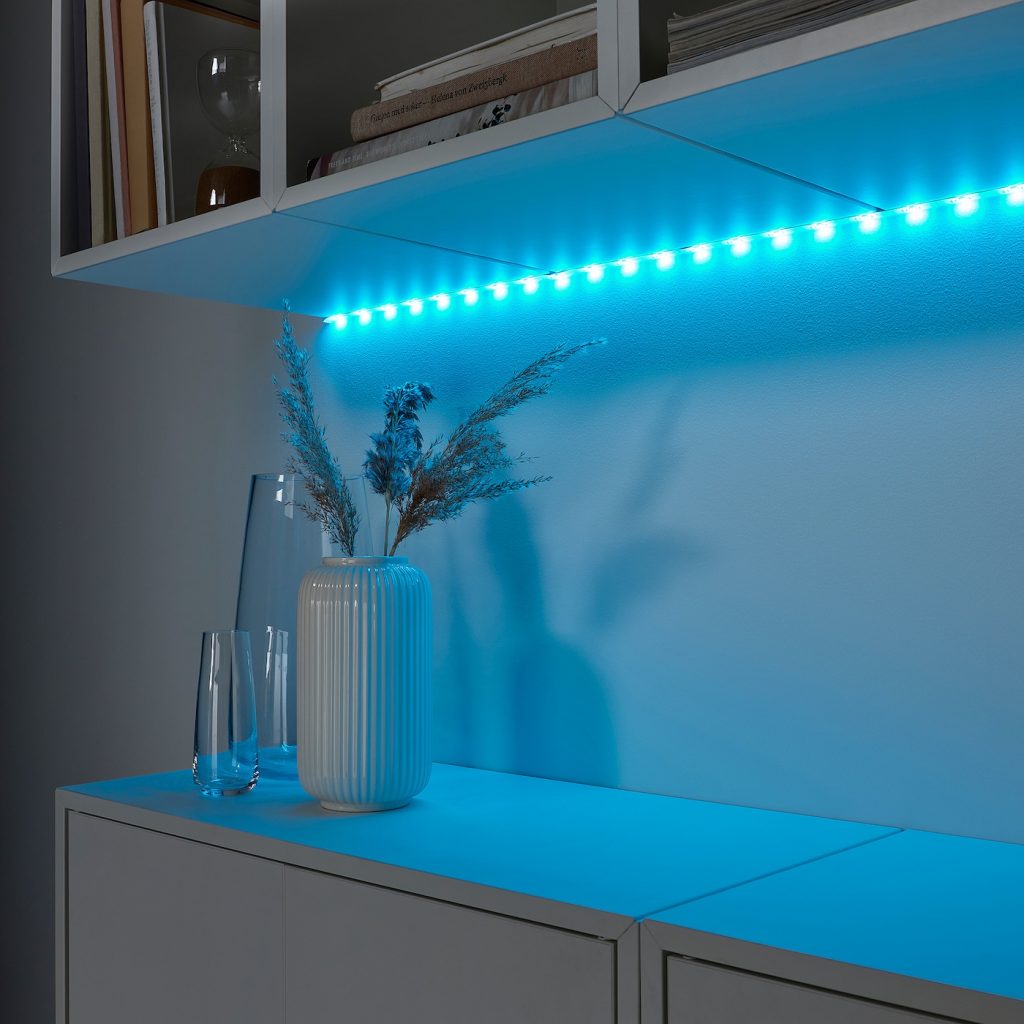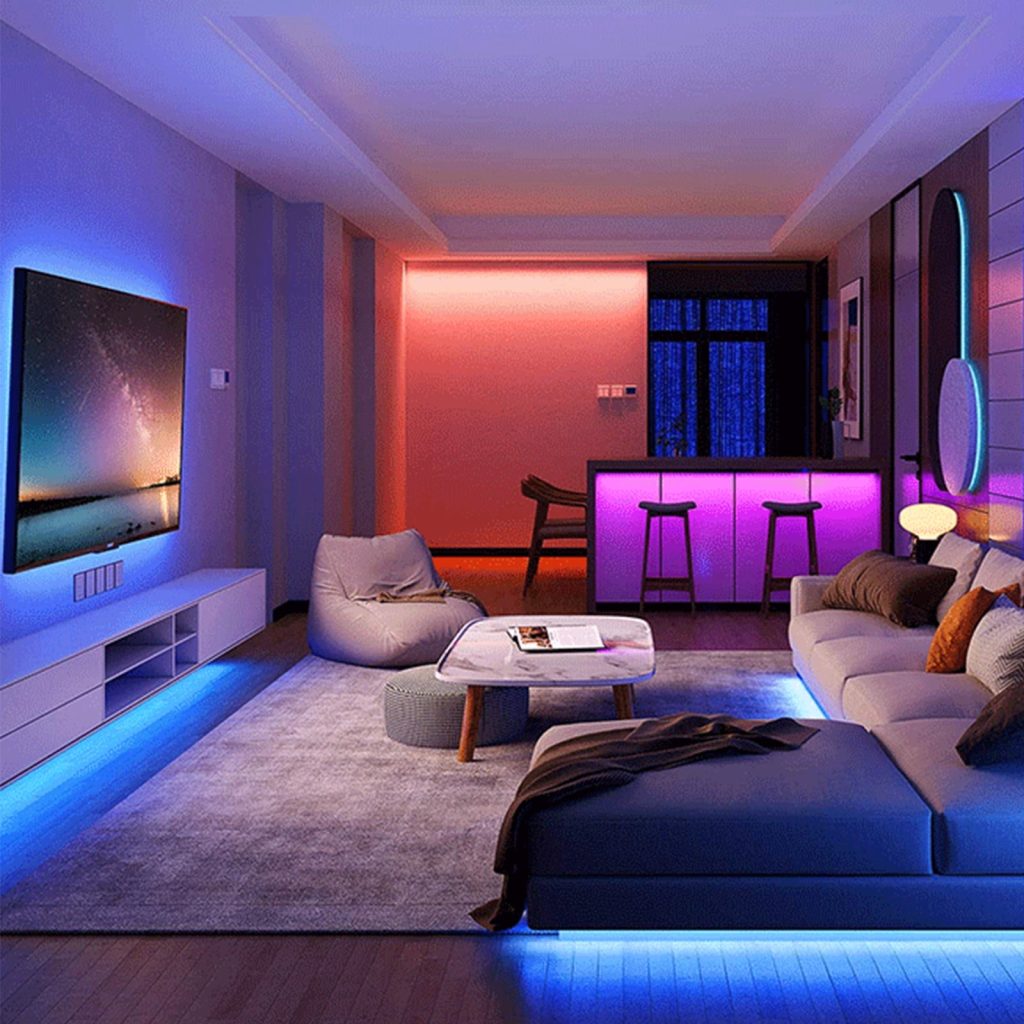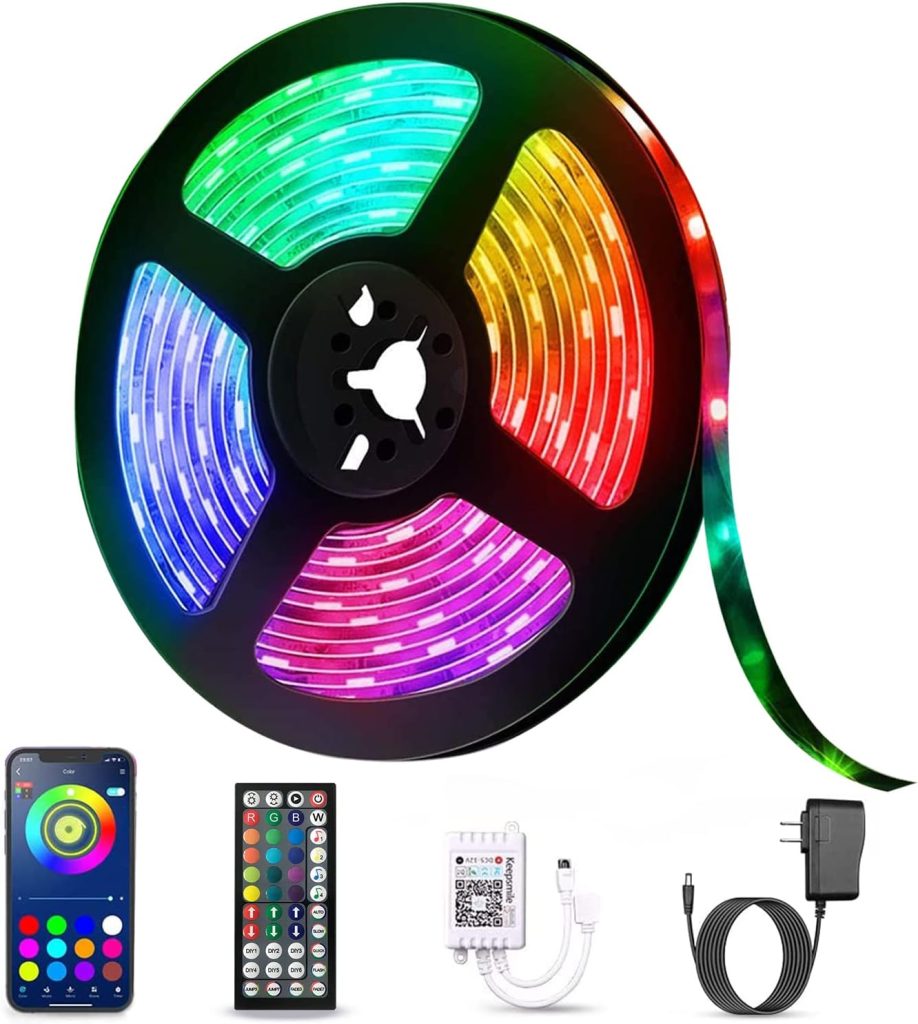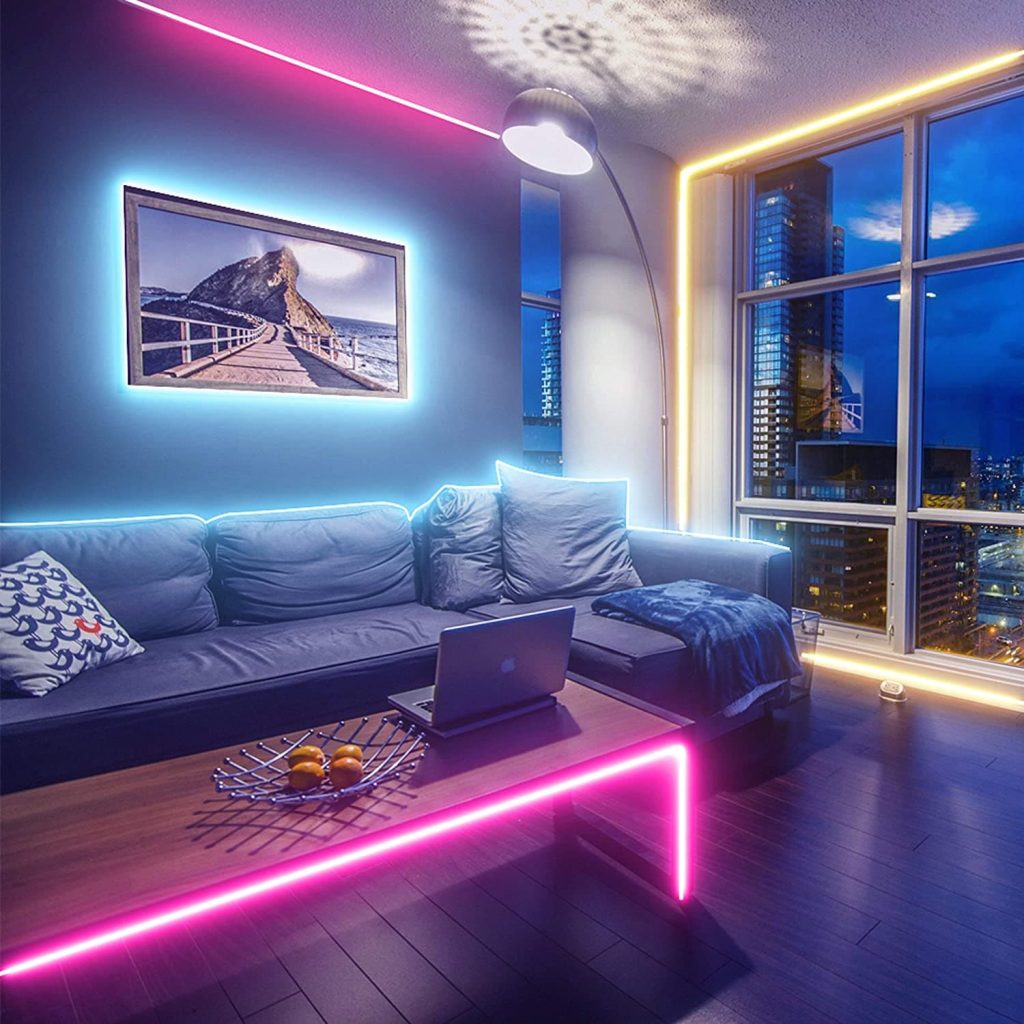How to put up led lights without ruining the paint? LED lights have become increasingly popular in interior design, offering a versatile and energy-efficient way to enhance the ambiance of any room. However, many people worry about the potential damage that can occur when installing LED lights, particularly in relation to the paint on walls or ceilings. This comprehensive guide will provide you with step-by-step instructions on how to install LED lights without ruining the paint. By following these guidelines, you can achieve a beautifully illuminated space while maintaining the integrity of your paintwork.

Preparing for Installation
- Gather your supplies: Before starting the installation process, gather all the necessary supplies, including LED light strips, a power supply, connectors, mounting clips, a wire cutter/stripper, and adhesive tape. Ensure that you have enough length to cover the desired area.
- Plan the layout: Decide where you want to install the LED lights and create a layout plan. Consider factors such as the desired lighting effect, power source availability, and any obstacles or corners that may require additional connectors or wire extensions.
- Clean the surface: Clean the area where you will be installing the LED lights. Use a mild detergent and water solution to remove any dirt or dust that could interfere with the adhesive.
Installing LED Light Strips
- Measure and cut the LED light strip: Measure the length needed for your installation and cut the LED light strip accordingly. Most LED light strips have designated cutting points at specific intervals.
- Attach the connectors: If necessary, attach connectors to the cut ends of the LED light strip. Follow the manufacturer’s instructions to ensure proper alignment and secure attachment.
- Test the LED lights: Before mounting the LED light strip, connect it to the power supply and test the lights to ensure they are functioning correctly. This step helps you identify any potential issues before installation.
- Mount the LED light strip: Carefully remove the adhesive backing from the LED light strip and press it firmly onto the cleaned surface.
Concealing Wires and Power Supply
- Hide wires behind furniture or molding: If possible, position furniture strategically to hide the wires behind it. Alternatively, consider using cable raceways or conduit to conceal the wires along the wall or baseboard. Be sure to choose a color that blends well with the surrounding paintwork.
- Use adhesive tape for wire management: Secure the wires along the chosen path using adhesive tape specifically designed for wire management. This tape should not damage the paint when removed.
- Hide the power supply: Find an inconspicuous location to place the power supply. It can be tucked away behind furniture, inside a cabinet, or even mounted on the wall. Ensure there is proper ventilation to prevent overheating.

Additional Tips for Paint Protection
- Avoid excessive pressure: When installing LED lights, apply gentle pressure to avoid pressing too hard against the painted surface. Excessive pressure can cause paint to chip or peel.
- Choose removable adhesive options: Opt for adhesive tape or mounting clips that are specifically designed to be removable without damaging surfaces. This will make it easier to remove or reposition the LED lights in the future.
- Test a small area first: Before installing the led lights in bedroom throughout the entire space, test a small, inconspicuous area to ensure the adhesive does not damage the paint. Wait 24 hours and check for any adverse effects.
Advantages of LED lights
In recent years, the adoption of LED (Light Emitting Diode) lights has surged across residential, commercial, and industrial settings. This significant shift in lighting technology is not just a trend but a testament to the numerous advantages that LED lights offer over traditional lighting solutions like incandescent and fluorescent bulbs.
1. Energy Efficiency
One of the most celebrated advantages of LED lights is their exceptional energy efficiency. LEDs convert a higher percentage of electrical energy into light, minimizing waste heat. This efficiency translates to lower electricity consumption, which can significantly reduce energy bills. Here’s how LEDs excel in energy efficiency:
- Lower Wattage, Higher Output: LEDs require less wattage to produce the same amount of light as incandescent or fluorescent bulbs. For example, a 10-watt LED can produce the same brightness as a 60-watt incandescent bulb.
- Reduced Energy Consumption: Due to their lower operational wattage, LEDs consume substantially less power, leading to reduced energy use in households and businesses. This is particularly beneficial in large-scale applications such as office buildings, factories, and public infrastructure.

2. Longevity
LED lights are renowned for their long lifespan, outlasting traditional lighting options by a significant margin. This longevity contributes to cost savings and reduces the frequency of replacements. Key points include:
- Extended Lifespan: LEDs can last up to 25,000 to 50,000 hours or more, compared to approximately 1,000 hours for incandescent bulbs and 8,000 to 10,000 hours for compact fluorescent lamps (CFLs).
- Durable Design: LEDs are built with solid-state components that are more resistant to shock, vibration, and external impacts, making them ideal for various environments, including outdoor and industrial settings.
3. Environmental Benefits
The environmental impact of lighting choices is an increasingly important consideration. LEDs offer several ecological advantages that make them a more sustainable option:
- Reduced Carbon Footprint: Lower energy consumption directly translates to reduced greenhouse gas emissions from power plants. Switching to LED lighting on a large scale can significantly cut down on carbon dioxide emissions.
- No Hazardous Materials: Unlike CFLs, which contain mercury, LEDs do not have harmful substances, making them safer for both users and the environment. This also simplifies disposal and recycling processes.
- Recyclable Components: Many parts of led strip lights, including the glass and metal elements, can be recycled, further reducing environmental waste.

4. Quality of Light
LED lights provide superior lighting quality, which enhances visual comfort and overall aesthetics. Their performance in terms of color rendering, brightness, and lighting control is unmatched:
- High CRI (Color Rendering Index): LEDs typically have a high CRI, which means they render colors more accurately and vividly compared to traditional lighting. This is crucial in applications where color distinction is important, such as in retail, art studios, and medical facilities.
- Brightness and Intensity: LEDs offer better brightness levels and can be easily adjusted to meet specific lighting needs. They provide immediate full brightness without the warm-up time required by some other types of bulbs.
- Directional Lighting: LEDs emit light in a specific direction, reducing the need for reflectors and diffusers that can trap light. This directional nature makes LEDs highly efficient in task lighting and spotlight applications.
Conclusion
With proper preparation and careful installation techniques, you can successfully install LED lights without damaging your paintwork. By following the step-by-step instructions provided in this comprehensive guide, you can achieve a beautifully illuminated space that enhances the ambiance of your home. Remember to clean the surface, plan the layout, and secure the LED light strips with mounting clips. Additionally, take precautions to conceal wires and power supplies while choosing adhesive options that are removable and paint-friendly.

